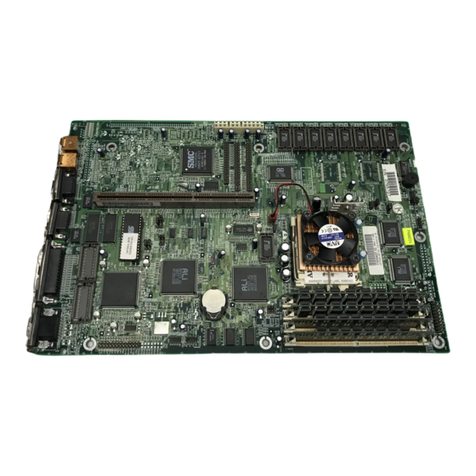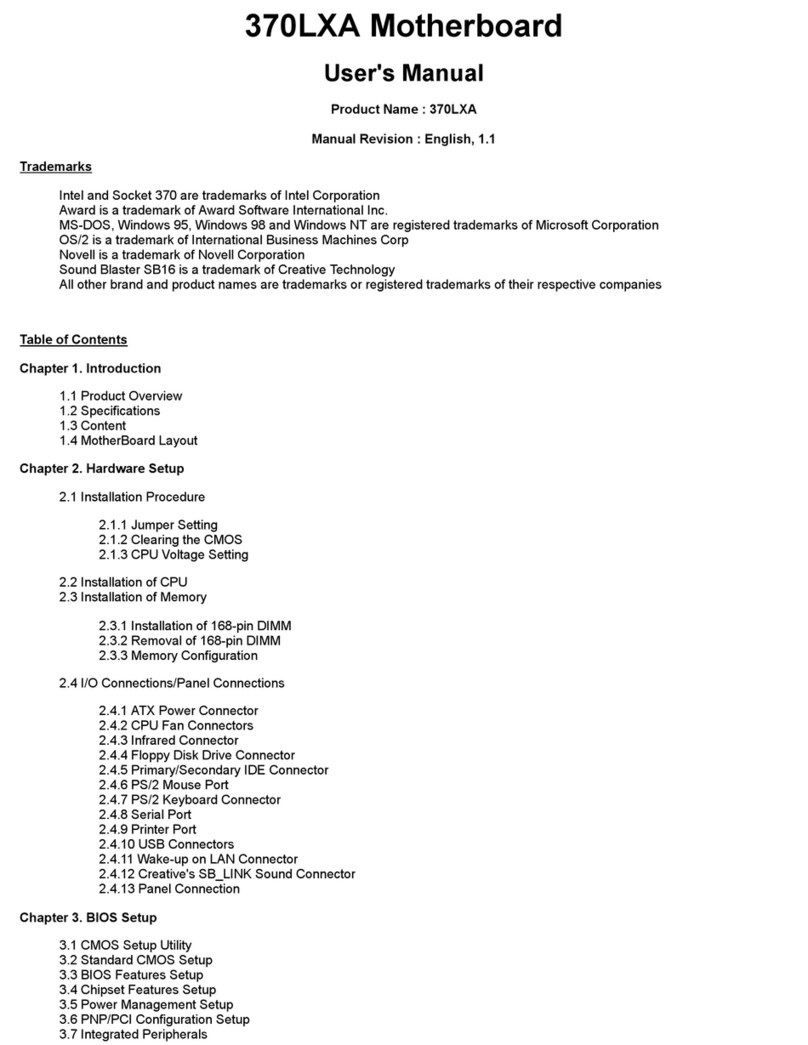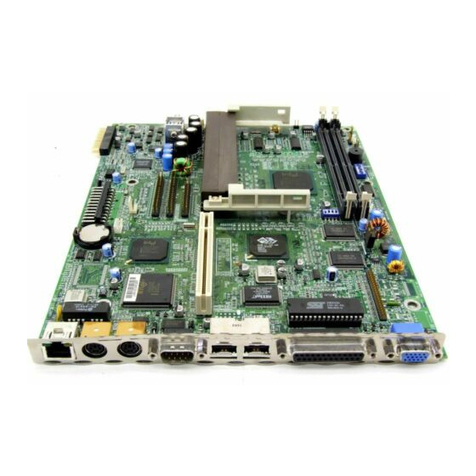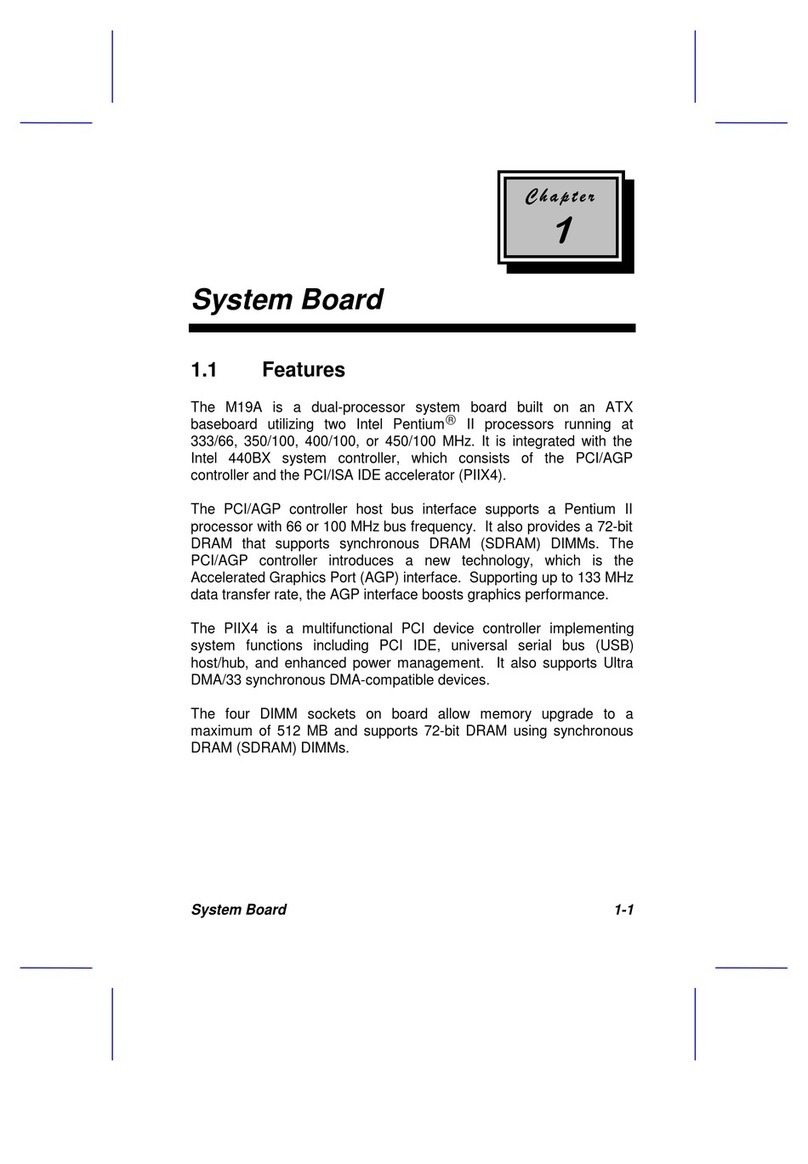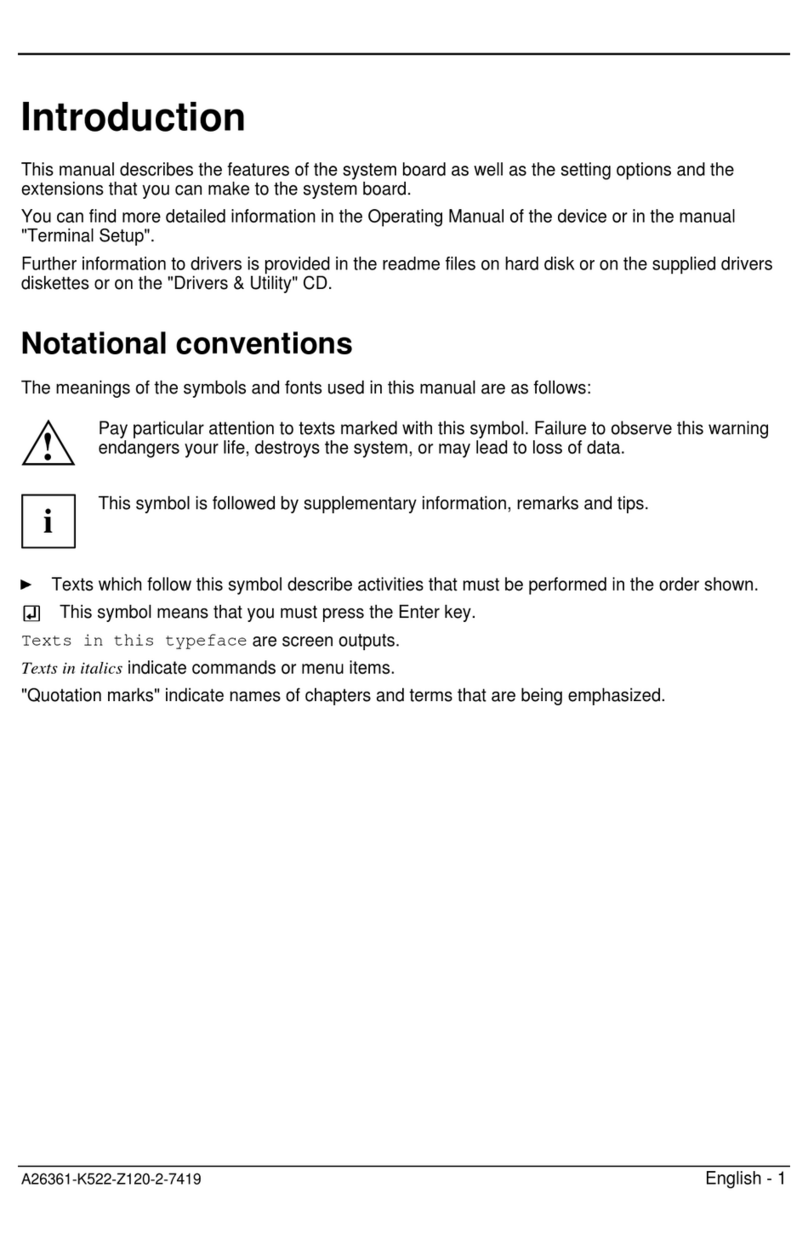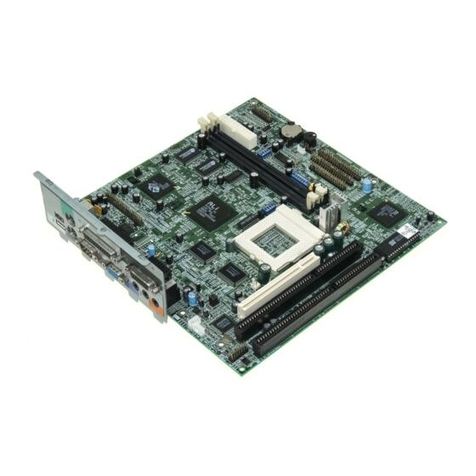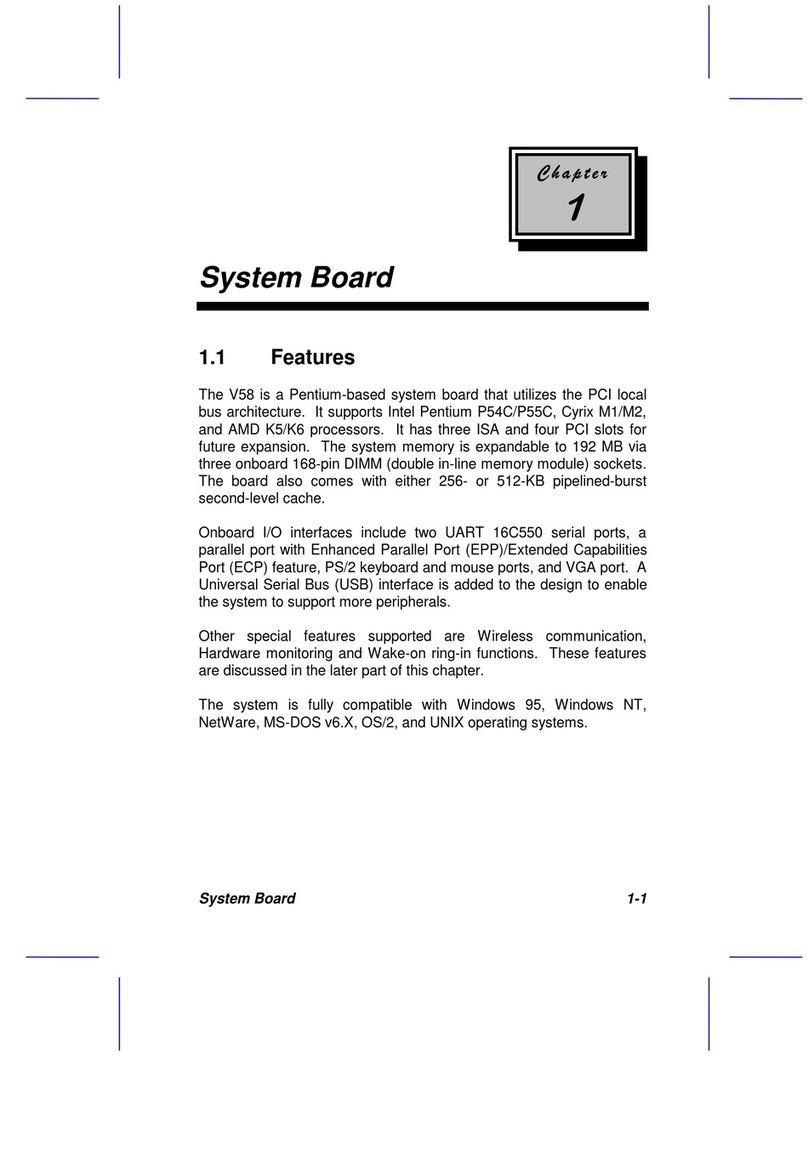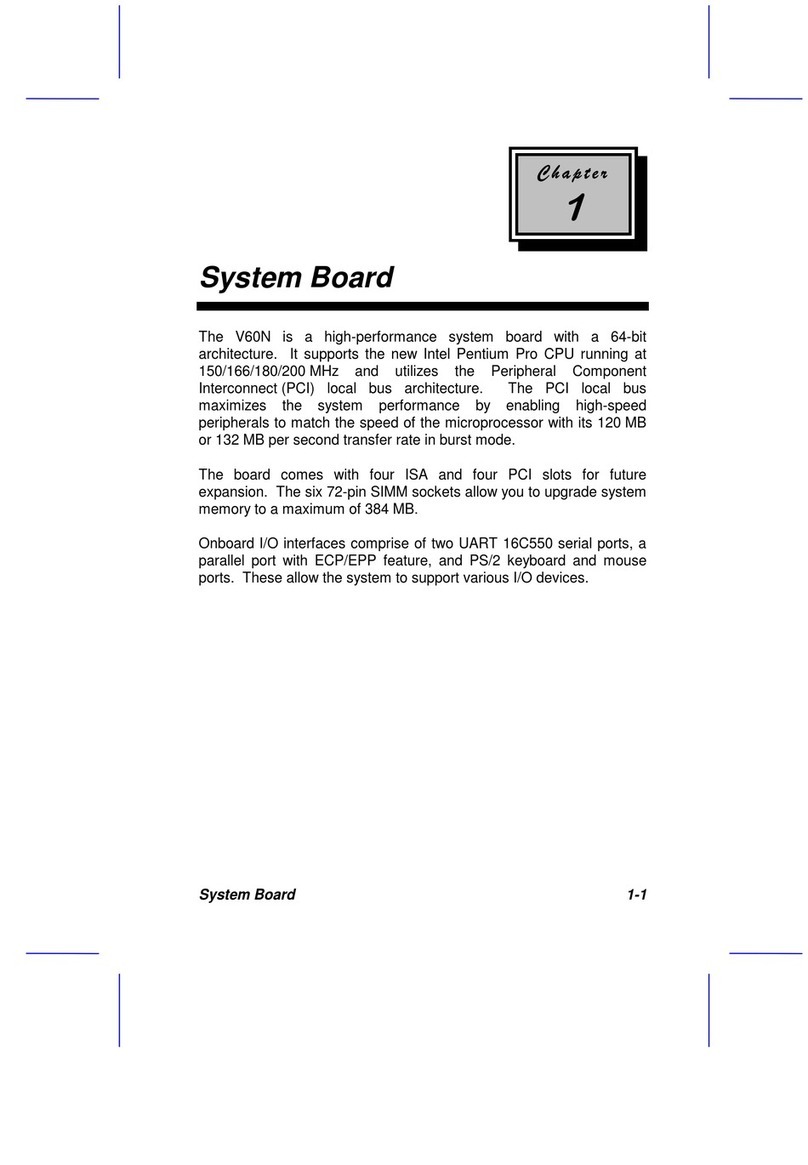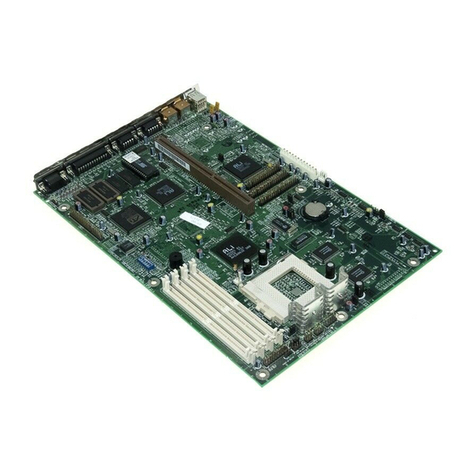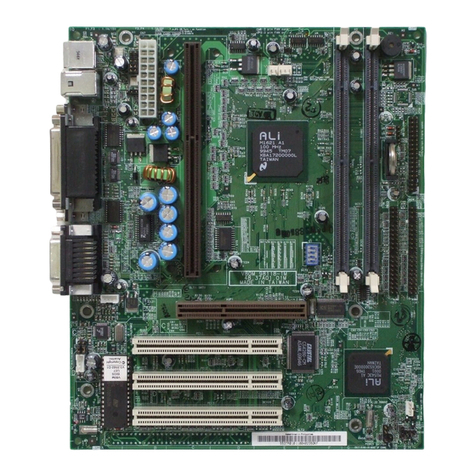1-4 User’s Guide
1.2 ESD Precautions
Electrostatic discharge (ESD) can damage your processor, disk drives,
expansion boards, and other components. Always observe the
following precautions before you install a system component.
1. Do not remove a component from its protective packaging until
you are ready to install it.
2. Wear a wrist grounding strap and attach it to a metal part of the
system unit before handling components. If a wrist strap is not
available, maintain contact with the system unit throughout any
procedure requiring ESD protection.
Integrated circuits are extremely susceptible
to electrostatic discharge. Do not handle ICs
unless you are a qualified service technician,
using tools and techniques that conform to
accepted industry practices.
1.3 Pre-installation Instructions
Follow these steps before you install a system component:
1. Turn off the system power and all the peripheral devices
connected to the unit before you open it.
2. Open the system according to the instructions in the housing
installation manual.
3. Follow the ESD precautions in section 1.2 before handling a
system component.
4. Remove any expansion boards or peripherals that block access
to the SIMM sockets or CPU socket.
5. See the following sections for specific instructions on the
component that you wish to install.
